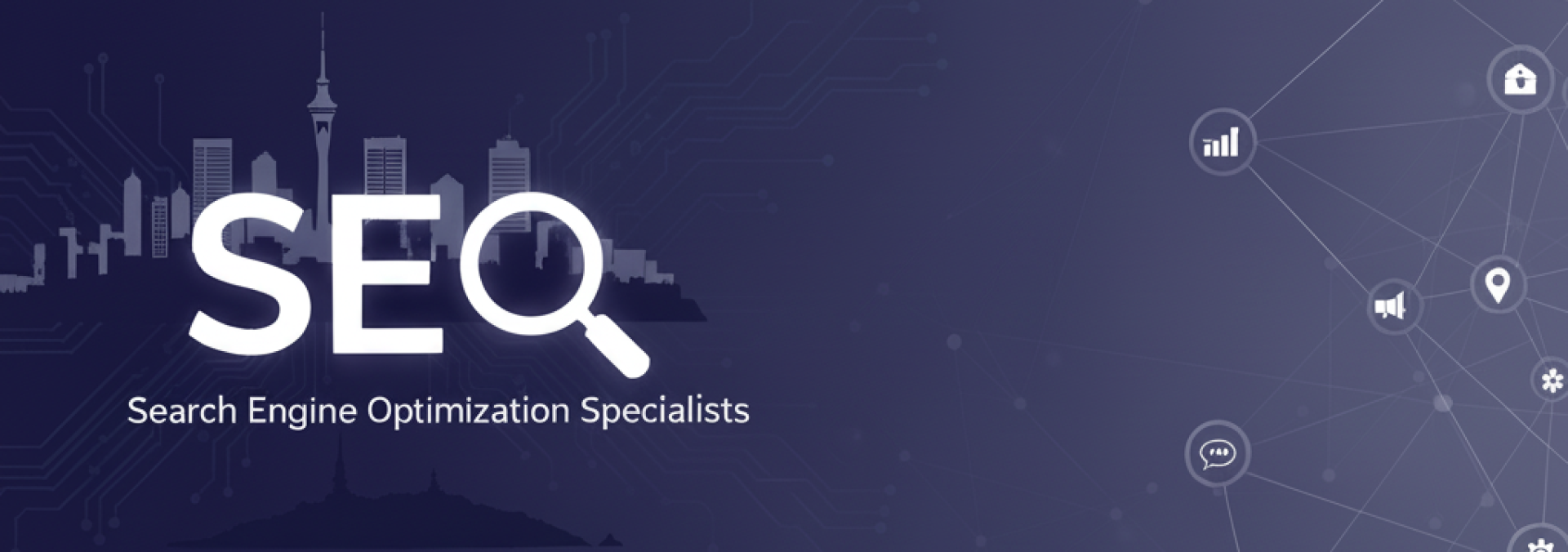
Shopify Store Speed Optimization: 3 Critical Technical SEO Fixes That Boost Conversions by 40%
Why do 53% of mobile shoppers abandon a site that takes longer than three seconds to load? In today’s competitive online retail landscape, your Shopify store’s speed isn’t just a technical metric—it’s your conversion rate, your search ranking, and your bottom line. This guide cuts through the complexity to deliver actionable technical SEO strategies that transform sluggish stores into high-converting assets.
The Mobile-First Reality: Why Speed Now Dictates E-commerce Success
Google’s Core Web Vitals have made page experience a direct ranking factor, but the real impact is even more immediate. Research shows that pages meeting Core Web Vitals thresholds experience 24% lower abandonment rates. For Shopify merchants, this technical foundation separates thriving stores from struggling ones.
Three Technical SEO Fixes That Actually Move the Needle
1. Image Optimization: Beyond Basic Compression
Heavy, unoptimized images remain the #1 speed killer for Shopify stores. But basic compression isn’t enough anymore.
- Implement next-gen formats: Convert PNG and JPEG to WebP or AVIF for 30-50% smaller file sizes
- Strategic lazy loading: Use native Shopify lazy loading with intersection observer for below-the-fold content
- CDN configuration: Ensure your theme properly leverages Shopify’s built-in global CDN
2. Theme Code Streamlining: Eliminate Render-Blocking Resources
Many premium Shopify themes come bloated with features you’ll never use, each adding precious milliseconds to load times.
- Audit and remove unused CSS/JavaScript: Use Chrome DevTools to identify redundant code
- Defer non-critical JavaScript: Push analytics and third-party scripts until after core content loads
- Minify remaining assets: Automate CSS and JS minification through your build process
3. Liquid Templating Efficiency: Shopify’s Hidden Performance Lever
Poorly optimized Liquid code can cripple server response times, directly impacting Time to First Byte (TTFB).
- Limit loop iterations: Replace excessive ‘for’ loops with pagination or infinite scroll
- Optimize image URLs: Use proper Liquid filters for automatic responsive image generation
- Cache strategically: Implement fragment caching for dynamic but infrequently changing content
Measurement That Matters: Tracking Beyond Basic Speed Scores
Don’t get distracted by perfect Lighthouse scores. Focus on metrics that directly correlate with revenue:
- Largest Contentful Paint (LCP): Target < 2.5 seconds for hero images and key visual content
- Cumulative Layout Shift (CLS): Maintain < 0.1 to prevent frustrating layout jumps during browsing
- First Input Delay (FID): Ensure < 100 milliseconds for responsive add-to-cart interactions
The Speed-to-Conversion Connection: Real Results From Optimized Stores
When The Modern Shelf implemented these technical fixes, they saw more than just speed improvements. Their mobile conversion rate jumped from 1.2% to 1.7% within 30 days, while organic traffic increased by 18% due to improved rankings for commercial intent keywords.
Your Technical SEO Action Plan
Stop treating store speed as an IT issue and start recognizing it as your most powerful conversion optimization tool. Begin with a Core Web Vitals audit, prioritize image optimization (the fastest win), then systematically address theme and code efficiency. The 40% conversion lift isn’t an outlier—it’s what happens when technical SEO meets strategic e-commerce.
Ready to transform your Shopify store from technically adequate to competitively dominant? Run a free PageSpeed Insights audit today and identify which of these three fixes will deliver your biggest immediate win.
